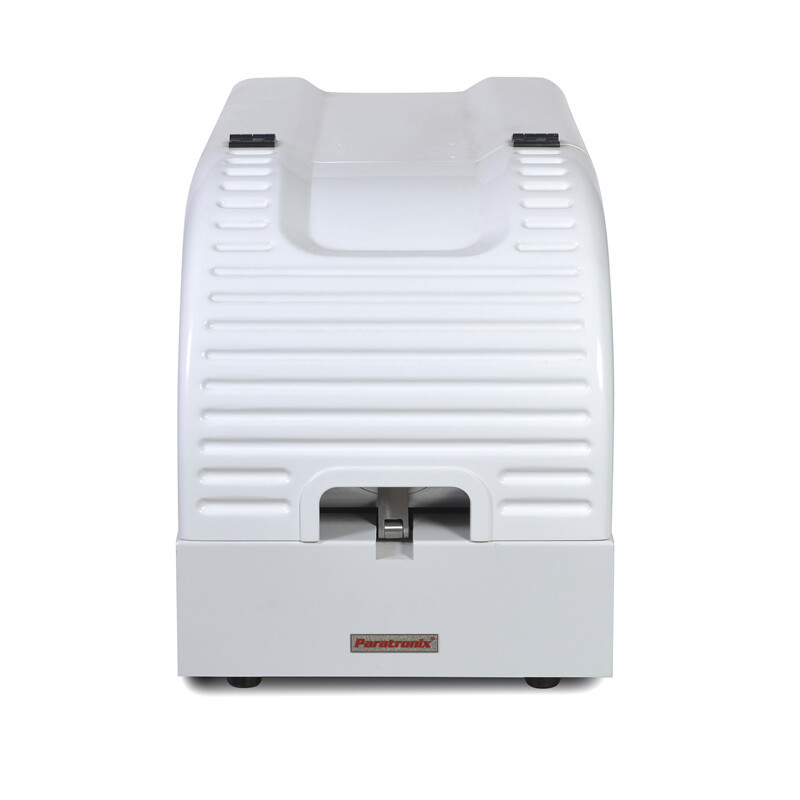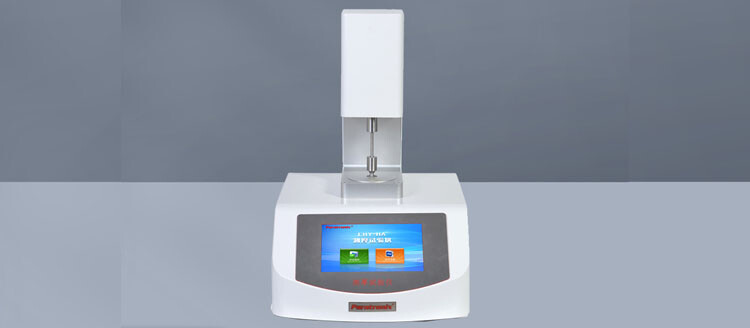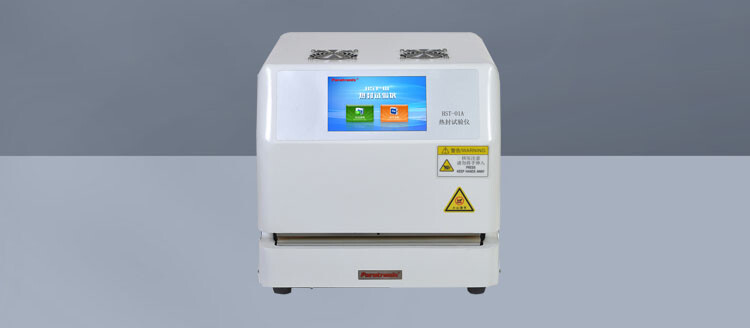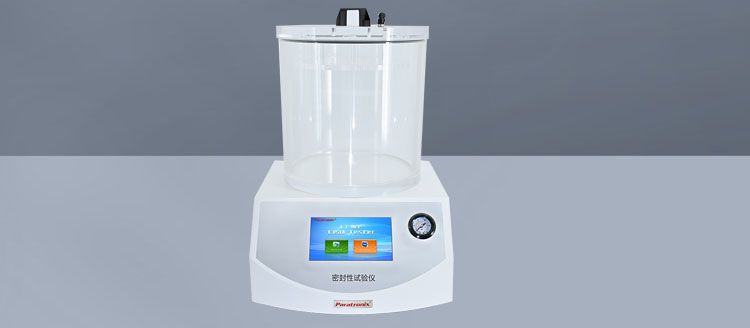Recent Posts
 Maintenance methods for thin film thickness detection instruments2025-12-15
Maintenance methods for thin film thickness detection instruments2025-12-15 Method for detecting the opening tension of food chain self sealing bags2025-12-03
Method for detecting the opening tension of food chain self sealing bags2025-12-03 Packaging industry testing instrument - moisture permeability tester2025-11-26
Packaging industry testing instrument - moisture permeability tester2025-11-26 What testing instruments are used for testing the heat sealing performance of thin films?2025-11-20
What testing instruments are used for testing the heat sealing performance of thin films?2025-11-20 Precautions for using negative pressure seal detector2025-11-10
Precautions for using negative pressure seal detector2025-11-10
Introduction
In today's demanding packaging and material science industries, the precise measurement of a material's ability to resist water vapor is critical. The Water Vapor Transmission Rate (WVTR) is a key indicator of a product's barrier performance, directly impacting its shelf life, quality, and efficacy. For high-barrier materials used in applications from flexible food packaging to pharmaceutical blister packs and electronic components, accurate WVTR data is non-negotiable. Among the most advanced and widely recognized methods for this measurement is the infrared (IR) detection sensor technique, standardized globally as ASTM F1249.
This article provides a comprehensive overview of the ASTM F1249 test method, explaining its principles, procedures, and the significant advantages it offers for quality control and product development.
What is ASTM F1249?
ASTM F1249 is a standard test method developed by ASTM International titled "Standard Test Method for Water Vapor Transmission Rate Through Plastic Film and Sheeting Using a Modulated Infrared Sensor." It is specifically designed to measure the WVTR of plastic films, sheets, and laminates, but is also applicable to other materials like paper, coated fabrics, and biomaterials.
The core of this method is the use of a modulated infrared sensor to detect water vapor with high sensitivity and speed, making it ideal for testing materials with very low transmission rates.
The Science Behind the Method: How ASTM F1249 Works
Testing equipment:WVTR-E3 Water Vapor Permeability Tester (Infrared method)

The test operates on the principle of infrared absorption. Water vapor molecules absorb infrared light at a specific wavelength (typically around 1.37 µm or 1.94 µm). The ASTM F1249 apparatus leverages this unique property to quantify water vapor concentration.
A standard test setup involves a test chamber divided into two parts by the specimen:
Wet Chamber (High Humidity): One side of the specimen is exposed to a stream of nitrogen gas carrying a known, high concentration of water vapor.
Dry Chamber (Low Humidity): The other side is exposed to dry nitrogen gas.
As water vapor molecules diffuse through the specimen from the wet side to the dry side due to the concentration gradient, they are carried by the dry nitrogen gas stream into the heart of the instrument: the infrared detection cell.
Inside the IR cell:
An infrared beam is passed through the gas stream.
The sensor precisely measures the amount of IR energy absorbed by the water vapor molecules.
This absorption is directly proportional to the concentration of water vapor in the gas stream.
The instrument's software calculates the WVTR in units of grams per square meter per 24 hours (g/m²·day) based on this measured concentration, the flow rate of the carrier gas, and the test area of the specimen.
Conclusion
In the pursuit of product perfection and longevity, understanding and controlling moisture barrier properties is paramount. The ASTM F1249 test method, with its foundation in infrared sensor technology, provides the speed, accuracy, and reliability required by modern industry. By adopting this advanced standard, manufacturers and researchers can confidently validate their materials, accelerate innovation, and ensure their products meet the highest quality standards.
For reliable data on your material's performance, specifying testing according to ASTM F1249 is a definitive step toward quality assurance.
Leave A Reply
Search by Keywords





